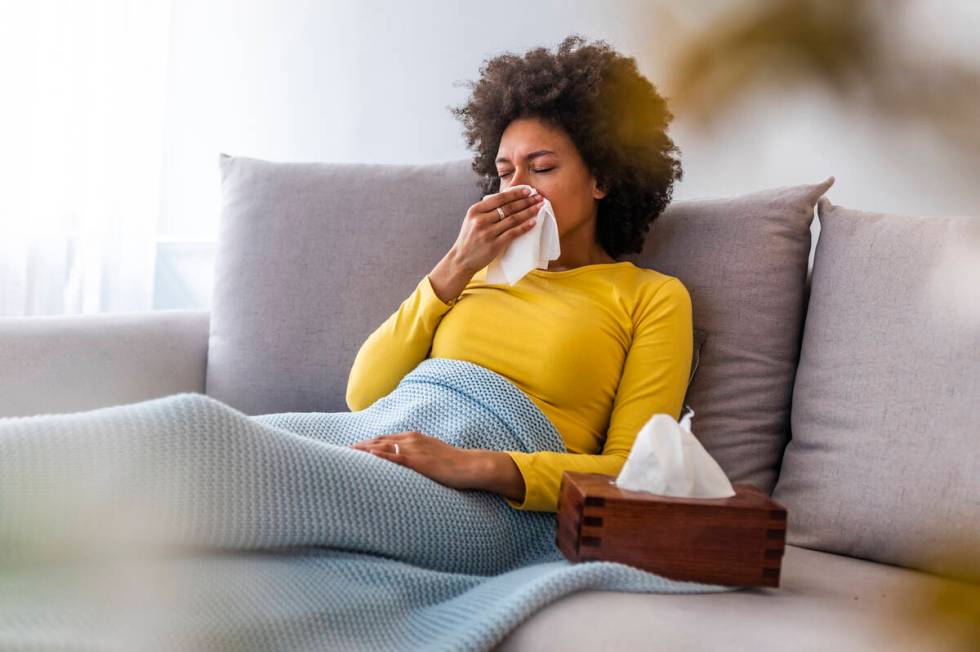Spring allergies have you reeling? Try this advice

If you are one of the millions of people who suffer from seasonal allergies, you don’t need a calendar to tell you that spring has started.
Sometimes called hay fever, allergic rhinitis might be mistaken for a cold. So, what’s happening and what can you do?
While hay fever alone may not be life-threatening, it can be uncomfortable, says Dr. Arveen Bhasin, a Mayo Clinic allergy and immunology expert. We asked her for some tips for relief from spring pollen and allergies and how to know when it’s time to see an allergist.
“If you’re prone towards allergies, you develop an antibody called IGE to that particular allergen. When you’re exposed to that allergen, it causes the release of histamine and these other mediators,” Bhasin says.
And that is when spring’s unfurling can feel downright bad. The first step is to control your exposures, Bhasin says.
Some of those environmental control measures include keeping windows at home, in the car and at work closed.
“If it’s a dry and windy day, the pollen is blowing. You want to run the air conditioning because that way, you’re recirculating the clean air,” she says.
For regular allergy sufferers, start your medication a couple of weeks before the season starts.
“First-line treatment is what we call oral antihistamines that help with some of the itching, running, sneezing. And the nasal spray is really helping to focus on some of the congestion and the runny nose,” Bhasin says.
Saline solutions using distilled water are also helpful.
And if these tips don’t help? Bhasin says that is the time to make an appointment.
“The best time to engage an allergist is really when you’ve tried all the environmental control measures that you can, and you’ve tried over-the-counter medications, but you’re still symptomatic,” Bhasin says.